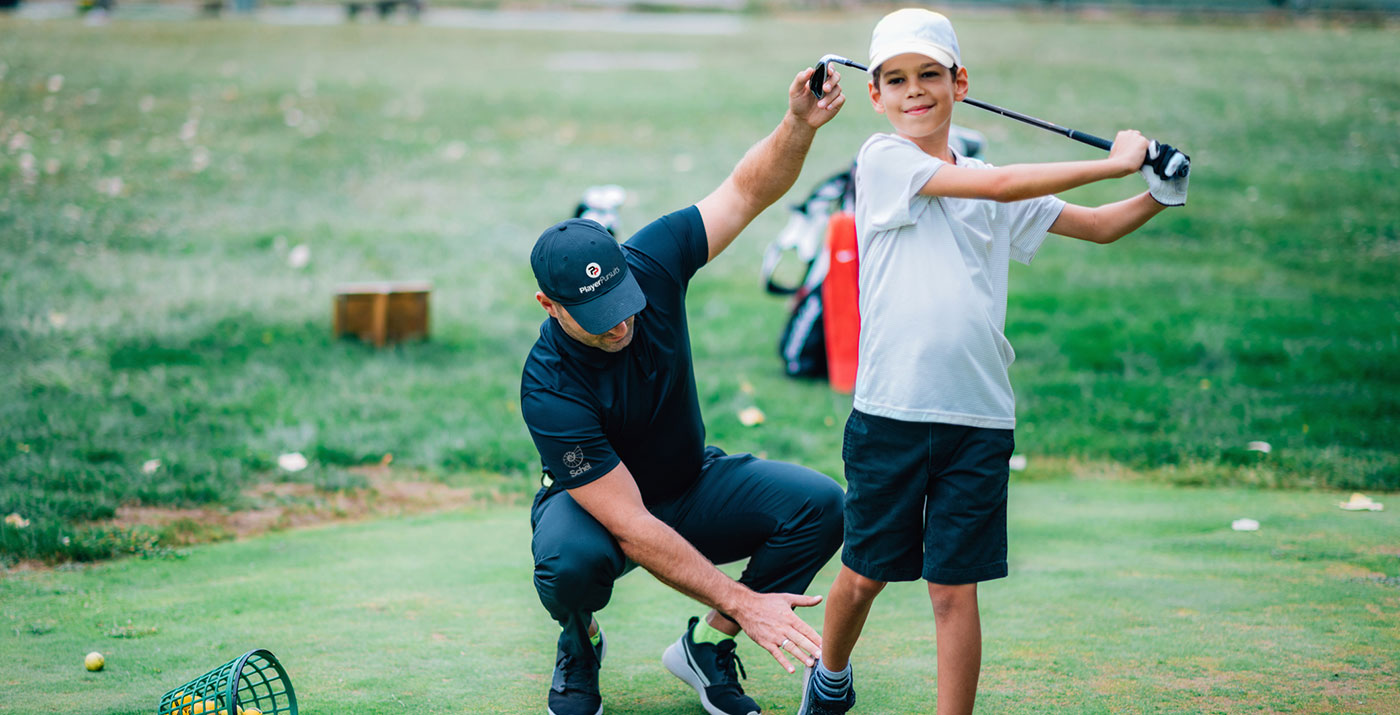Half of the programming we offer at Under Par Consulting is based on performance trends, hurdles, and habits I saw when kids transition from junior to collegiate golf, and who succeeds at a high level once in college. It is not a random coincidence who continues to progress when courses get longer, greens get faster, and even the best collegiate weather in spring and fall is nowhere near what we see in summer.
It has never been easier to get a really good full swing lesson in the United States. In almost every city, in every state, there is a great teacher doing great things in developing golf swings. At the same time, finding teachers that willingly will discuss short game, course management, or will watch their kids play is few and far between. You can argue why that is – somewhere between short games that don’t sell, and it is not how most instructors’ business models are built… but it remains important.

The number of kids playing junior golf and going to college who possess the skills to be efficient practicers, understanding short game versatility, and understanding course management is few and far between, yet the best two players of the last generation only averaged 50% of their fairways. What is the disconnect? Part of the blame falls on golf on TV, some on the stats that those same TV announcers discuss, and just as much falls on equipment and what we prioritize. Why do we get fitted for drivers that we hit 6-12 times a round, but putters are usually bought cold off the rack?
In order to maximize your potential in this great game, expectations must be managed, players must realize that what happens in a full swing lesson, or during your weekly range grind session, has almost zero connectivity to what score you will shoot. My ranking of what is important is course management including mental preparation, pitching with chipping and putting, and lastly ball striking. You do not have to hit it very well from tee to around the green if you do all other themes well. Tee to near the green is the area we have the least control over, while we have 100% control how we prepare for a round, our game plan, and our attitude. We also have substantial control over shots from 30 yards away from the green and in.
Hit fewer range balls, pick clubs to stay under the hole, play more holes, and find a good regular short game lesson. Your golf future will look much brighter!
Michael Burcin is the Owner of Under Par Consulting








